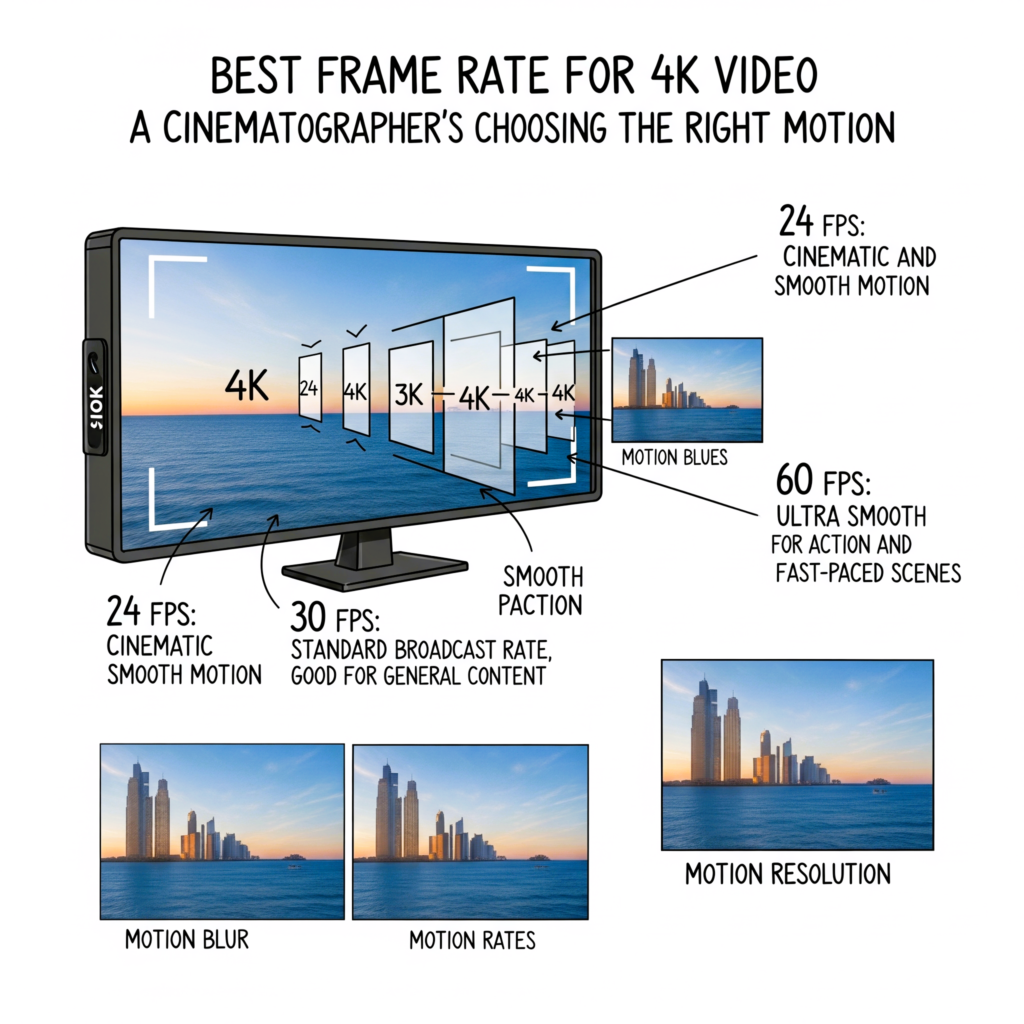
A Cinematographer’s Guide to Choosing the Right Motion
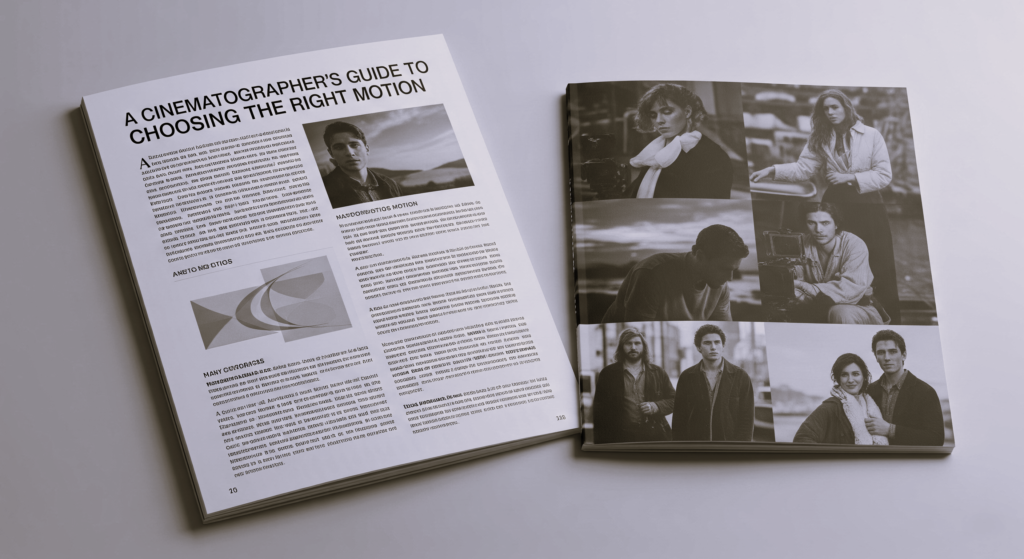
Every decision we make as filmmakers—camera, lens, light, and movement—influences the story’s emotional content.
However, Frame Rate is one of the most often disregarded technical decisions that has a significant impact on visual sense.
Knowing which frame rate best suits your creative demands is essential, especially when shooting in 4K quality.
In the event that you have ever questioned, “What is the ideal frame rate for 4K video?”
From action-packed visuals and technological workflows to cinematic storytelling, this blog breaks it all down.
What is the frame rate?

Understanding The Frame Rates: Frame rates determine how many individual frames are displayed in one second of video. The number of individual frames (pictures) that are shown in your movie each second is known as the frame rate. It is expressed in frames per second, or fps.
Frame rates that are common include:

- 24 frames per second is the cinematic norm.
- 30 frames per second: For seamless realism or broadcast
- For slow-motion or high-motion video, use 60 frames per second.
- 120 fps or more: For extremely slow motion
Why 4K Resolution Is Important ?
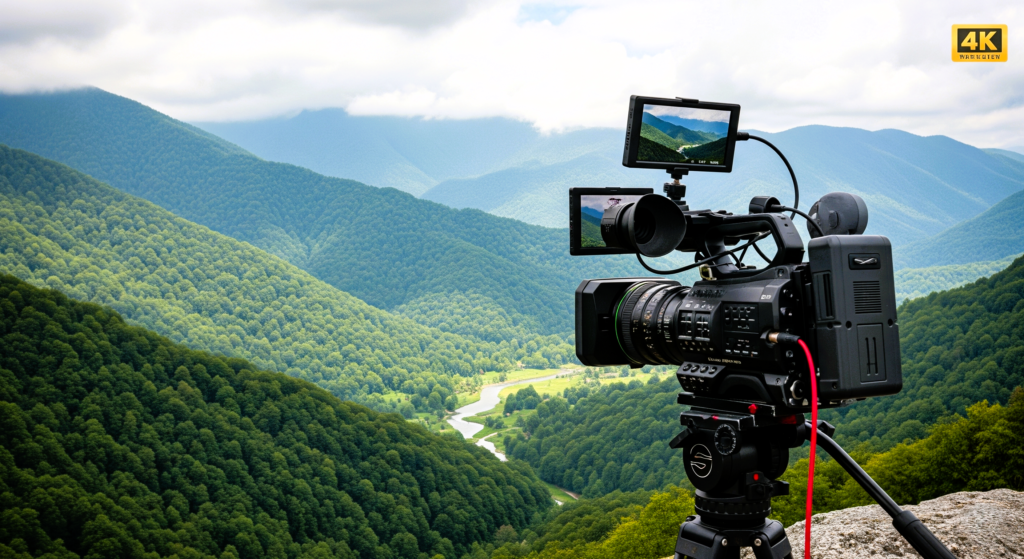
Higher resolution (3840×2160 or 4096×2160 pixels) in 4K video provides the following benefits:
- Increased detail
- Enhanced adaptability in cropping
- The quality of a professional movie and broadcast
But great responsibility comes along with great resolution:
- More storage
- More processing capacity
- Frame rate compatibility
Because of this, selecting the appropriate frame rate becomes even more crucial.
So, which frame rate is ideal for 4K video?
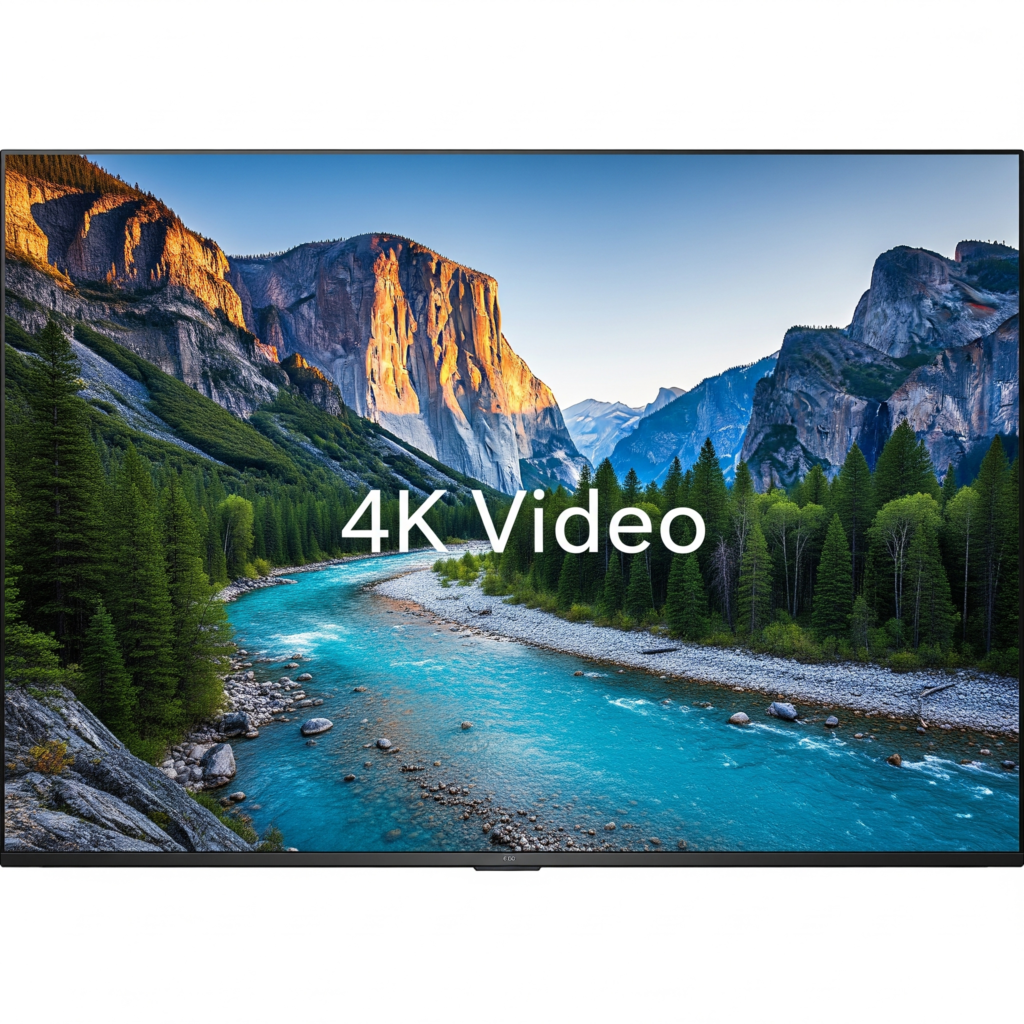
It is dependent upon:
- Your project type
- The desired emotional tone
- Your platform for delivery
- Your editing process
Let’s examine several frame rates and their appropriate usage times:
24fps: The Cinematic Standard

The classic cinematic frame rate that gives movies their distinctive appearance is this one. It’s perfect for dramatic and narrative content.
Ideal For: Movies, television shows, narratives, and poignant storytelling.
The Reasons for Using It:
- most similar to how motion is seen by the human eye.
- seems immersive, organic, and natural.
- provides a modest motion blur, softness, and “film look.”
Utilized by: Indie films, Netflix originals, and Hollywood productions.
Pro Tip: 24 frames per second in 4K is your best buddy when creating a short film or delivering an emotional story.
30fps: Broadcast and Vlogging
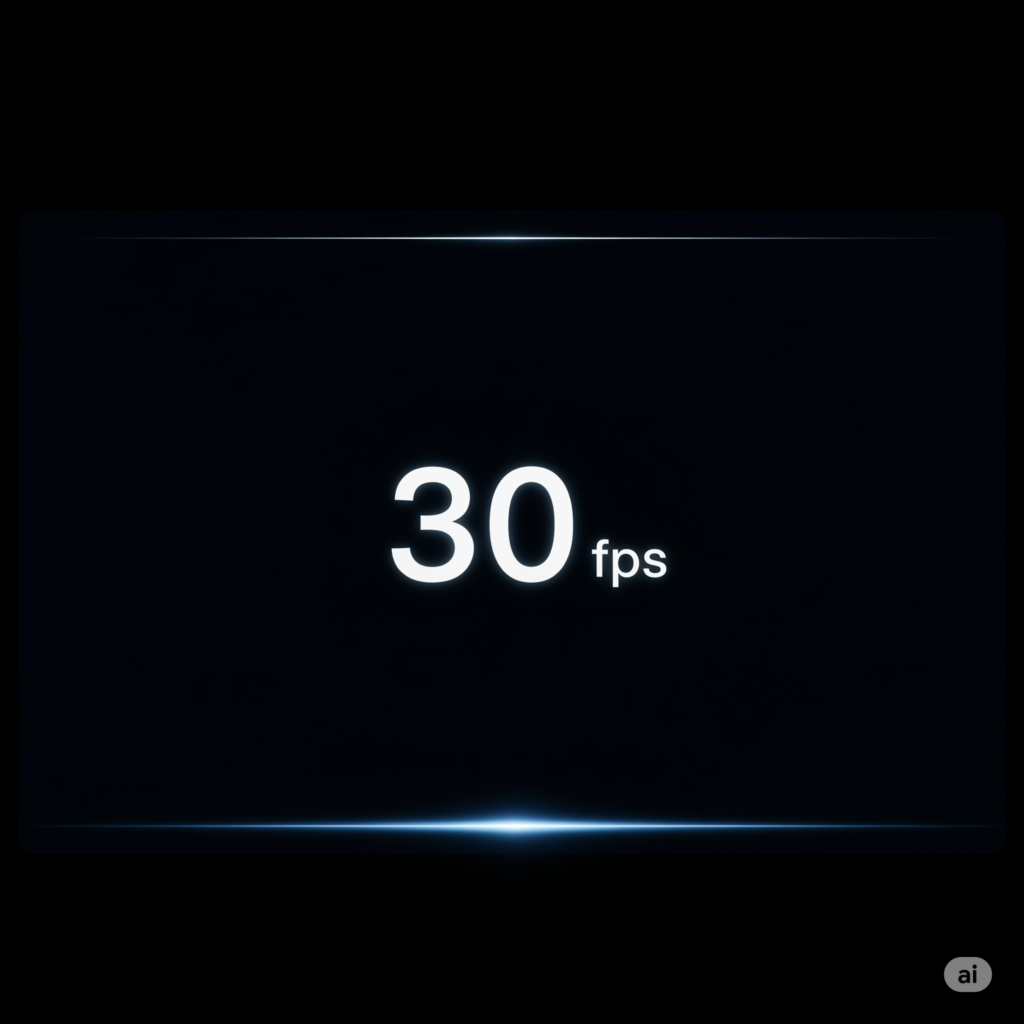
30 frames per second, which is broadly compatible with many platforms, gives a smoother appearance and is frequently used for television and web videos.
Ideal For: YouTube, videos on social media, interviews, and online guides
The Reasons for Using It:
- smoother than 24 frames per second.
- appears shiny and clean.
- Excellent for videos on the internet where clarity and realism are more important than cinematic feel.
Utilized by: YouTube vlogs, TV news, and reality shows.
Take note: If you’re combining 24 fps footage, stay away from 30 fps unless you’re going to use it consistently throughout your project.
60fps: Smooth Action or Slow Motion
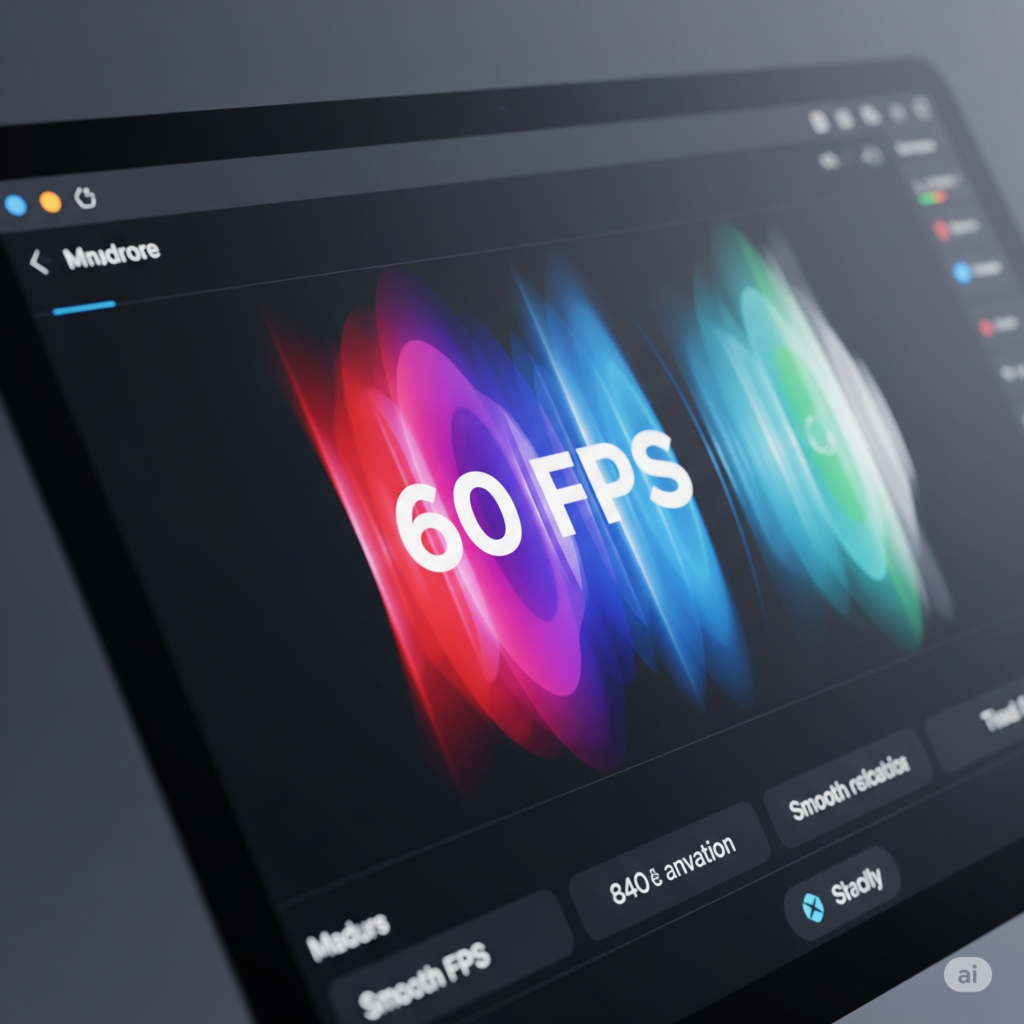
Because it captures more detail in motion and produces a smooth viewing experience, this frame rate is ideal for fast-paced action videos, such those in sports or video games.
Ideal For: Slow-motion footage, sports, action, dance, and event videography
The Reasons for Using It:
- Crisp detail and fluid movements.
- Great for action sequences and fast-paced imagery.
- For stunning slow motion, it can be slowed down to 24 frames per second in post.
Utilized by: B-roll, music videos, wedding films, and documentaries.
Pro Tip: To produce beautiful slow-motion scenes, shoot at 60 frames per second and adjust to 24 frames per second in post.
120fps / 240fps – Super Slow Motion
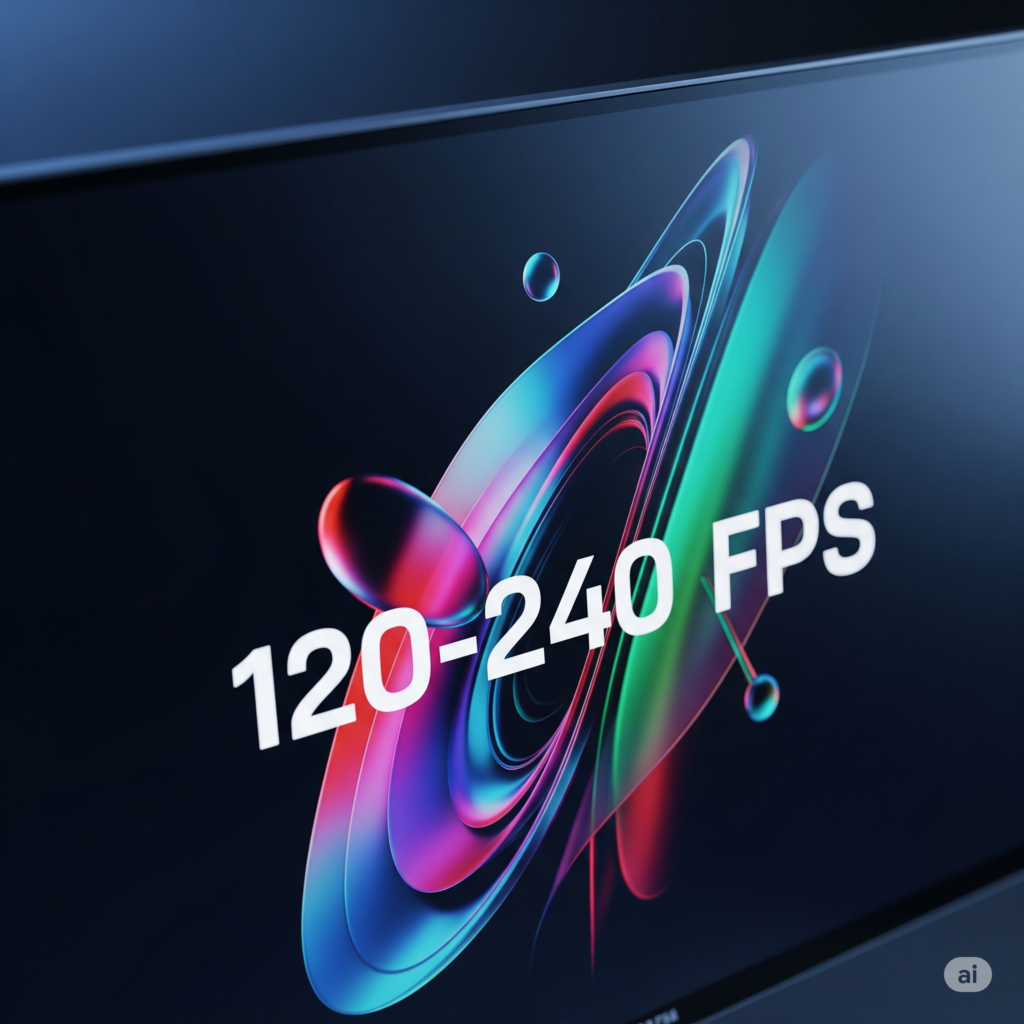
Super Slow Motion, which records at high frame rates (120 fps or 240 fps), enables fluid, in-depth playback when slowed down. It is perfect for highlighting quick movements, dramatic scenes, or visually striking scenes with strong emotional resonance.
Ideal For: Commercials, super slow-motion shots, and product shots.
The Reasons for Using It:
- records each tiny motion in slow motion.
- Gorgeous for explosive effects, hair flips, and water splashes.
Utilized by: music videos, product demonstrations, and upscale advertising.
Warning: A high-performance camera (such as the Sony FX3 or RED Komodo) and a large amount of storage are needed to shoot 4K at 120 frames per second.
Playback Rate vs. Frame Rate: A Frequently Asked Question
You don’t have to shoot at 60 frames per second to get a 60-frame video.
If you want to produce slow motion, you can film at 60 frames per second and then play it back at 24.
Without conversion, combining 24 and 30 frames per second in the same timeline results in jitter or stutter.

Technical Advice for High Frame Rate 4K Photography
- Make use of fast memory cards (CFExpress or V90 UHS-II).
- If your camera has a time limit or compression problems, record externally.
- Make sure there is adequate lighting because greater frame rates require more exposure.
- Pay attention to the shutter speed.
- Use 1/50s for 24 frames per second.
- Use 1/125s for 60 frames per second.
- Use 1/250s or more for 120 fps animation.
The 180-degree shutter rule should always be adhered to for blurring in natural motion.
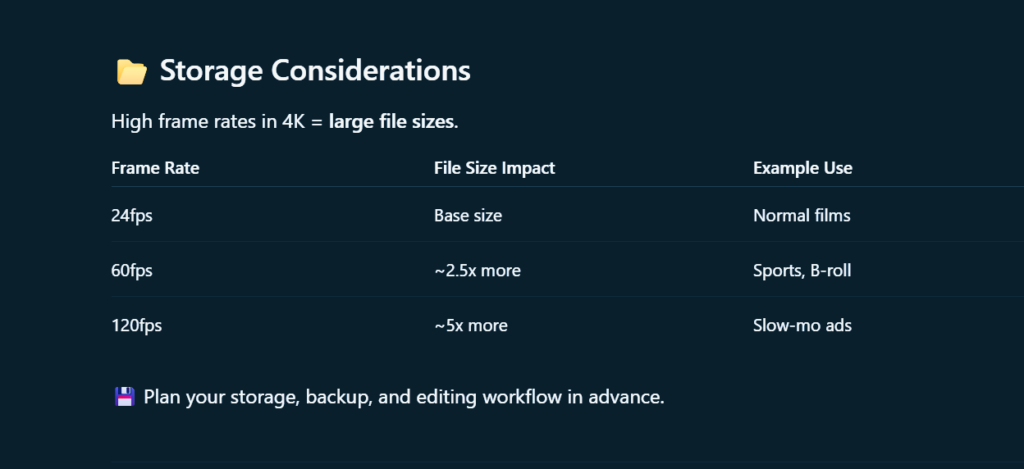
Conclusion: Select the Frame Rate That Best Fits the Narrative
As a cinematographer, the frame rate you chose should complement your message.
Do you want classic stories? Try 24 frames per second.
Desire internet stuff that is clean? Aim for 30 frames per second.
Do you want to see magic in slow motion? Go over 60 frames per second.
Remember this no matter what you decide: What feels appropriate for your tale is more important than what is technically correct.
Visual Storyteller and Director of Photography,
Vimall S Mishra